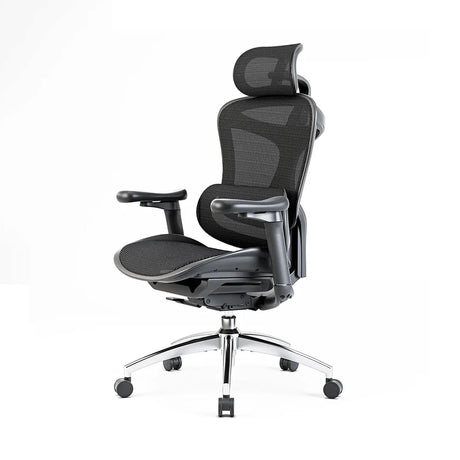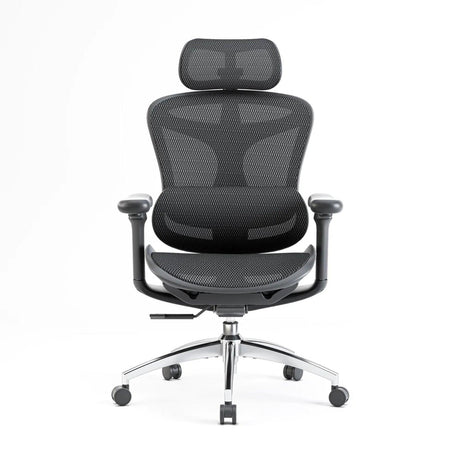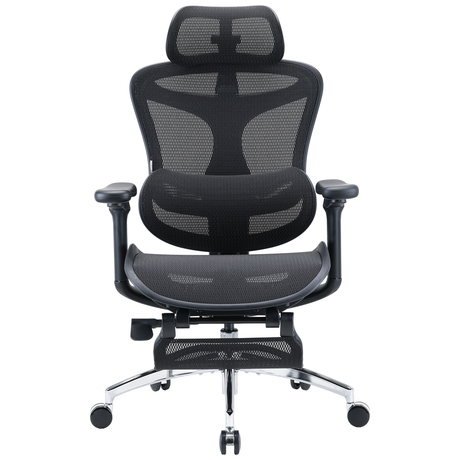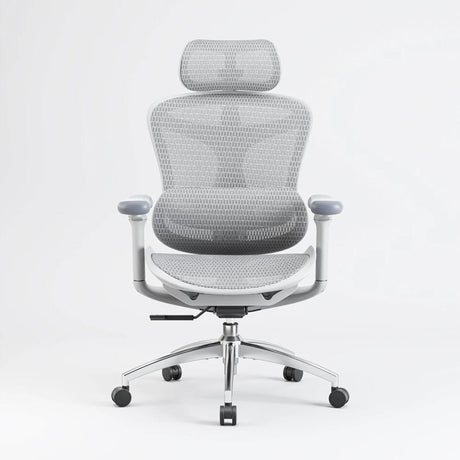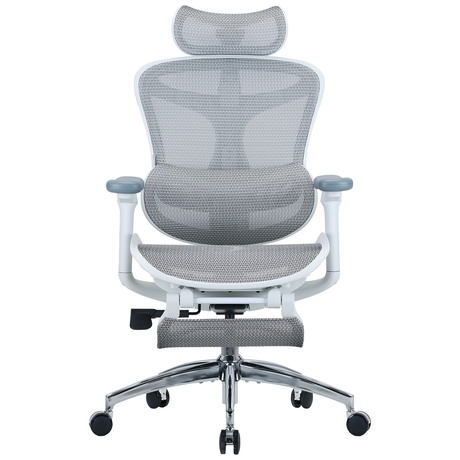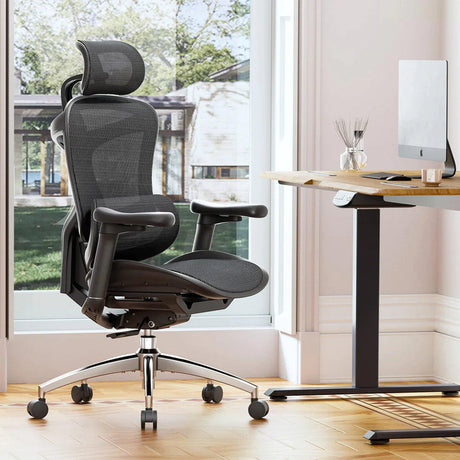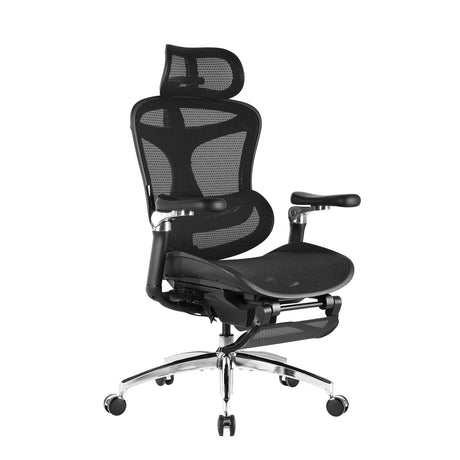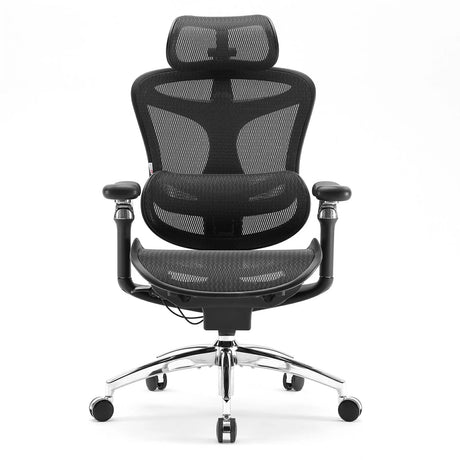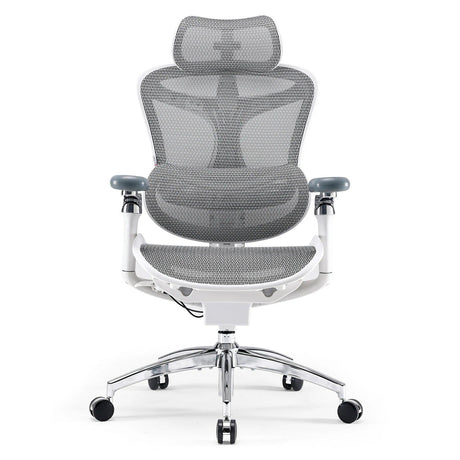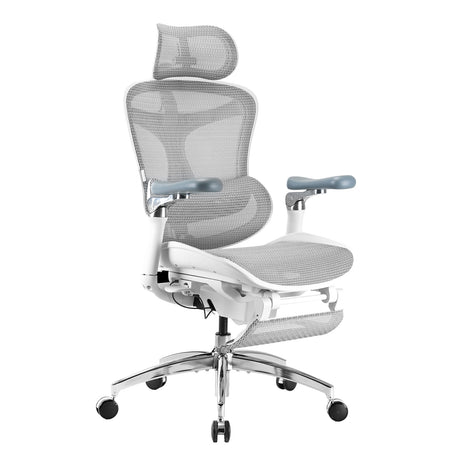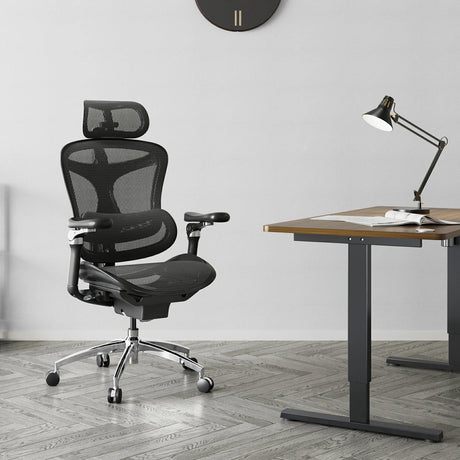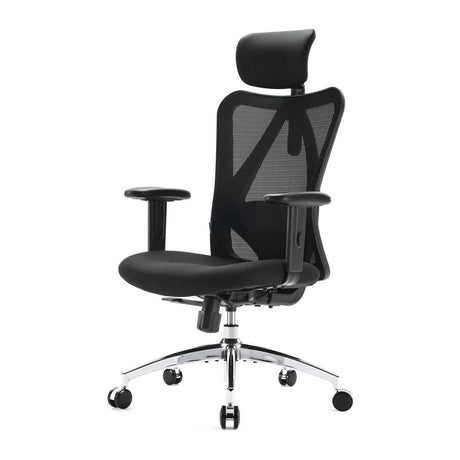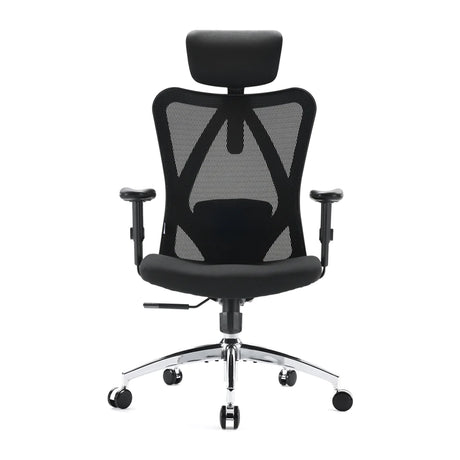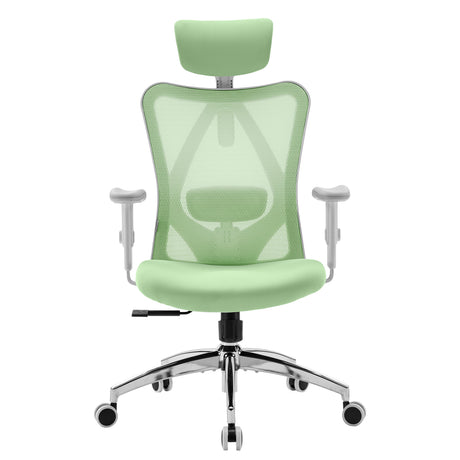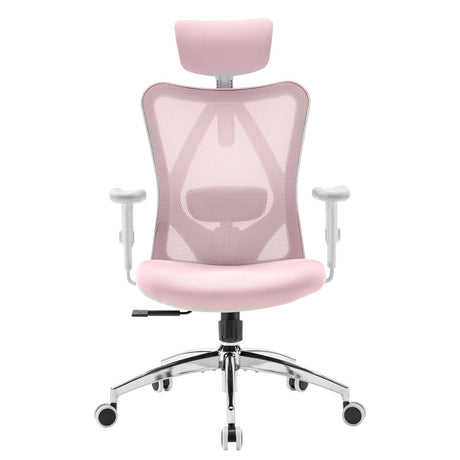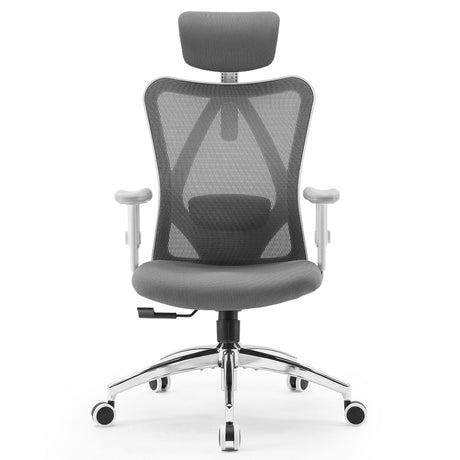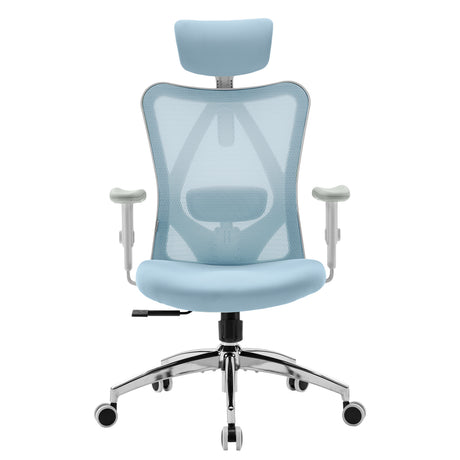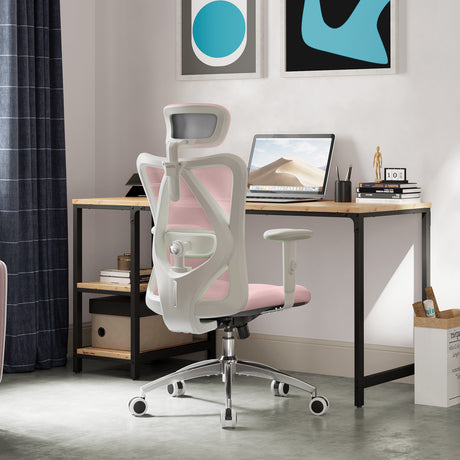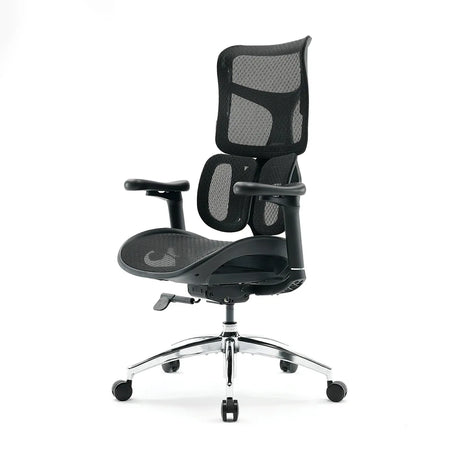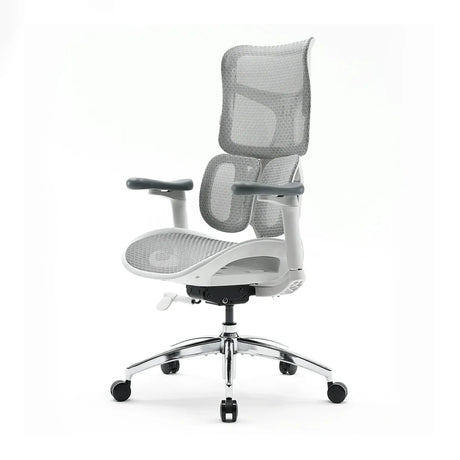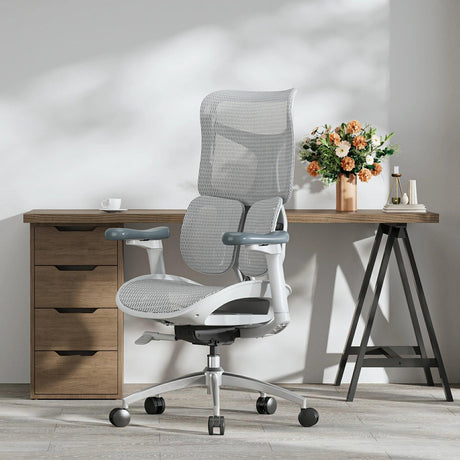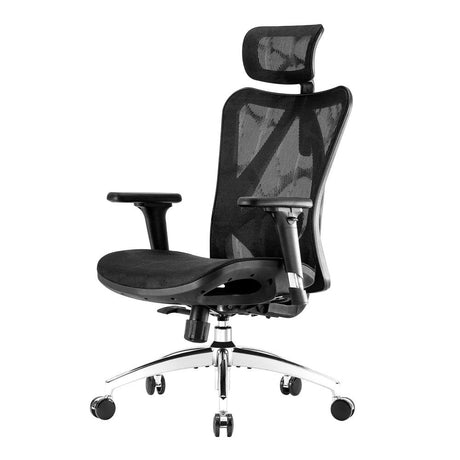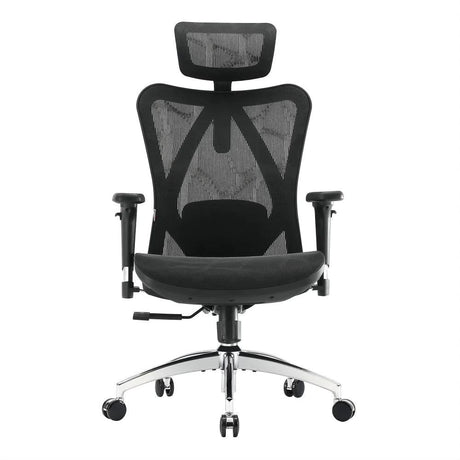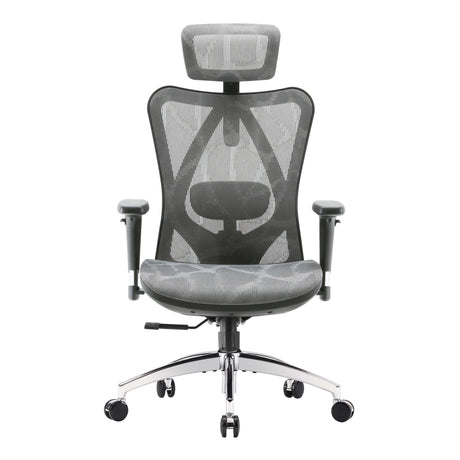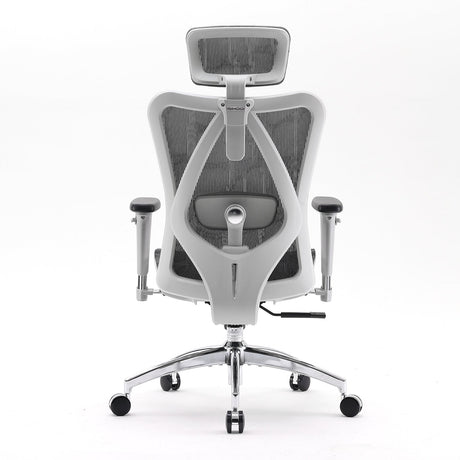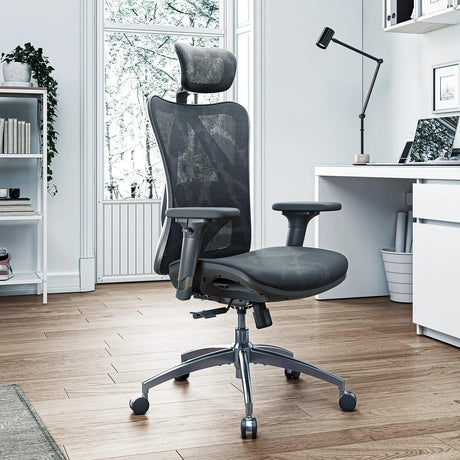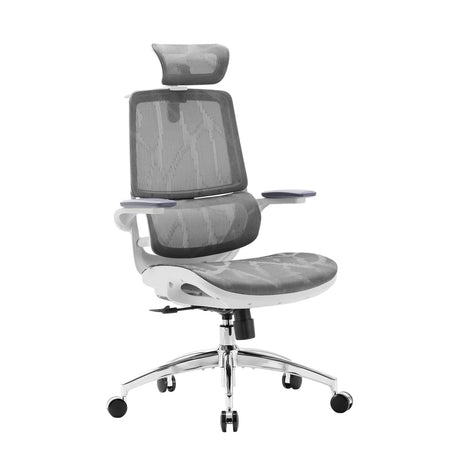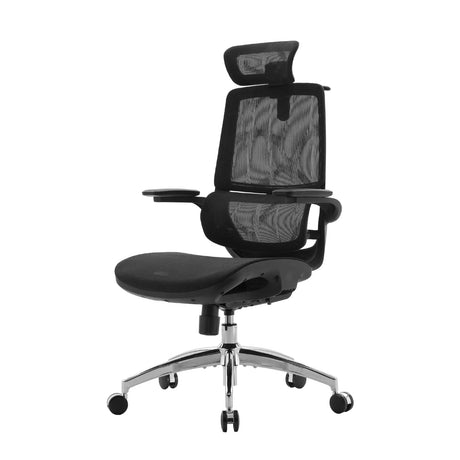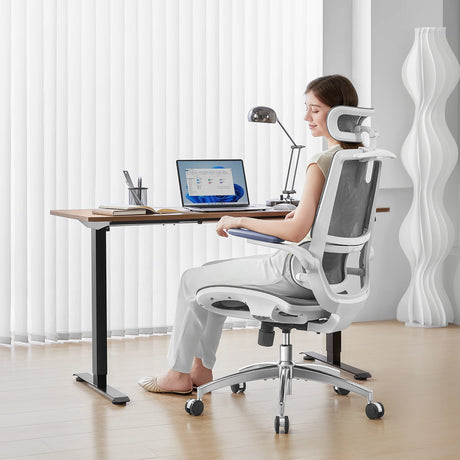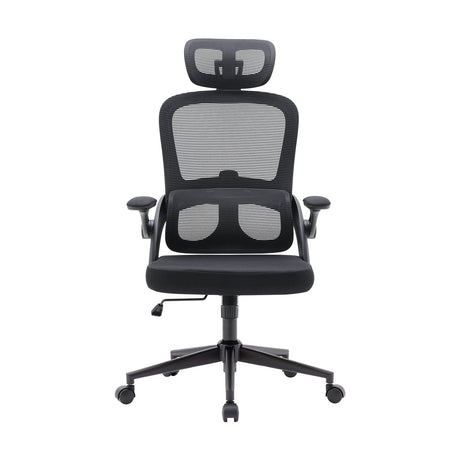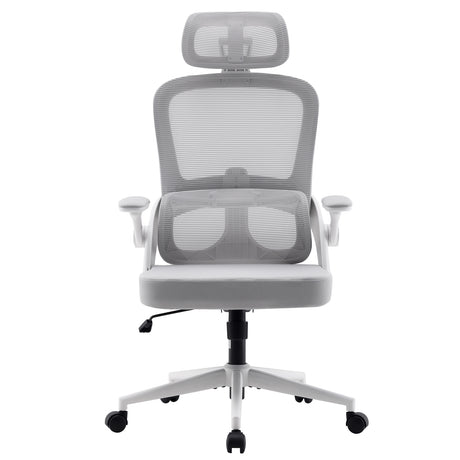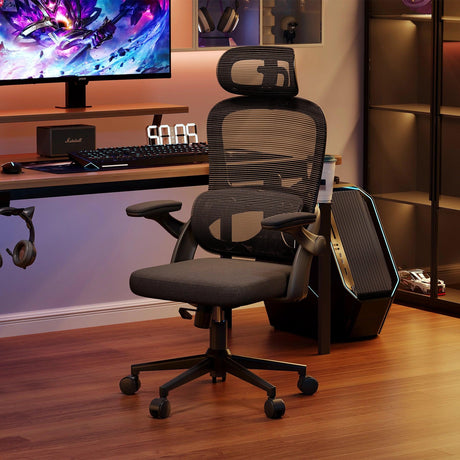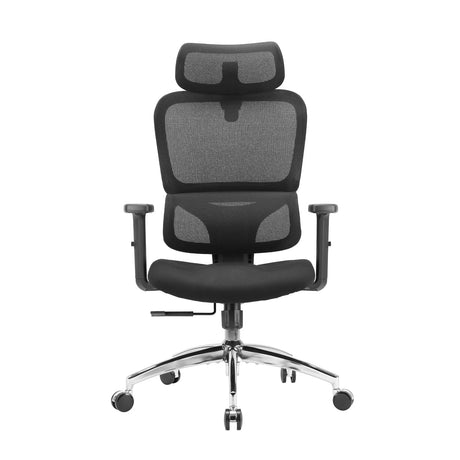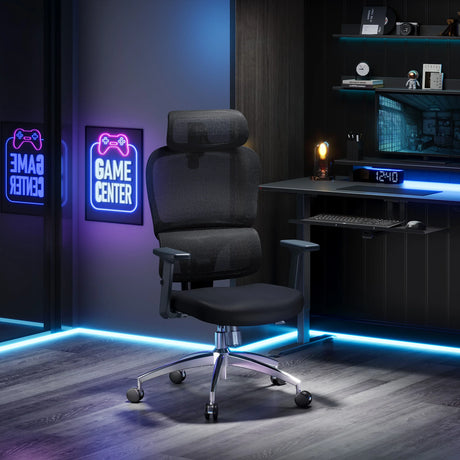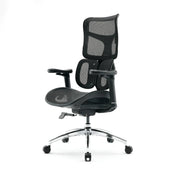Mesh office chairs have become a staple in modern workplaces and home offices. Known for their breathability, comfort, and sleek designs, these chairs offer a refreshing alternative to traditional upholstered seating. However, one common concern that often arises is: Are mesh office chairs easily torn?
It’s a fair question. After all, mesh fabric is thinner and more porous than leather or thick upholstery, which may make some users wonder whether it can withstand long-term use without rips, sagging, or other damage.
In this comprehensive guide, we’ll dive deep into the durability of mesh office chairs, factors that affect their longevity, and how you can care for them to prevent tears. By the end, you’ll know exactly what to expect when choosing a mesh office chair and how to make it last for years.
What Are Mesh Office Chairs Made Of?
Before we discuss whether mesh tears easily, it’s important to understand what mesh chairs are made of.
Mesh chairs are typically constructed using:
Synthetic Mesh Fabrics – Most office chair mesh is made from nylon, polyester, or a blend of both, which are known for their stretchability, durability, and resistance to wear. Some premium models use elastomeric mesh, which adds flexibility and enhances longevity.
Supportive Frame Structures – Beneath the mesh is a frame made from metal or reinforced plastic that supports the tensioned mesh, ensuring it doesn’t bear all the weight directly.
Additional Reinforcements – In high-end chairs, mesh panels are often reinforced at stress points (like the seat edge and backrest corners) to prevent fraying or tearing.
The combination of these elements means mesh chairs are designed not just for comfort but for resilience as well.
Are Mesh Office Chairs Prone to Tearing?
The short answer: Not easily — if they are of good quality and properly maintained.
Mesh is not inherently fragile. In fact, industrial-grade mesh can withstand years of daily use without tearing. However, the risk of tears depends on several factors:
1. Quality of Mesh Material
Not all mesh is created equal. Cheaper chairs often use thin, low-grade mesh that stretches out and frays over time. Premium brands use tightly woven, high-density mesh that resists wear and provides better tension support.
2. Chair Design
A well-designed mesh chair distributes your weight evenly across the surface. Poorly designed chairs may put excessive stress on certain points (like the front seat edge), leading to early wear or small tears.
3. Frequency and Type of Use
A chair used 8–10 hours a day in an office setting will experience more stress than one used occasionally at home. Additionally, rough use — such as sitting with sharp objects in your pockets or using the chair as a step stool — significantly increases the risk of damage.
4. Maintenance and Cleaning
Mesh is more prone to wear if it isn’t cleaned properly. Dust, debris, and sweat can build up, weakening fibers over time. Using harsh cleaners or abrasive scrubbing can also damage the mesh surface.
In essence, a high-quality mesh chair, used and maintained properly, won’t tear easily.
How Long Do Mesh Office Chairs Last?
On average, a good-quality mesh office chair lasts between 5 to 10 years — sometimes longer. The lifespan depends largely on material quality and maintenance habits.
Cheaper mesh chairs (under $150) may start sagging or fraying after 2–3 years of regular use. Meanwhile, premium ergonomic mesh chairs from reputable brands can last a decade or more with minimal wear.
Why Do Mesh Chairs Tear?
When tears do occur, they’re usually the result of:
Excessive Weight or Stress – Chairs have weight limits. Exceeding them can overstretch or rip the mesh.
Sharp Objects – Keys, pens, belt buckles, or even pet claws can snag and tear mesh.
Poor Cleaning Practices – Scrubbing mesh aggressively or using bleach-based cleaners weakens fibers.
Cheap Manufacturing – Thin, loosely woven mesh doesn’t hold up as well to daily use.
Aging and Wear – Over time, even high-quality mesh loses some of its elasticity, which may lead to fraying.

Benefits of Mesh Chairs That Outweigh the Risks
Even with the risk of tearing, mesh office chairs remain highly popular — and for good reason:
Breathability: Mesh promotes airflow, reducing sweat and discomfort during long hours.
Flexibility: Mesh adapts to your body shape, providing a custom fit and support.
Lightweight Design: Mesh chairs are typically lighter than fully upholstered chairs, making them easy to move around.
Modern Aesthetic: Their sleek, minimalist design complements contemporary workspaces.
Lower Maintenance: Mesh doesn’t trap as much dust or allergens as fabric upholstery.
These benefits often outweigh the minimal risk of tearing, especially if you invest in a well-made model.
How to Prevent Your Mesh Chair from Tearing
If you want your mesh office chair to last as long as possible, follow these practical care tips:
1. Choose a High-Quality Chair
Invest in a chair from a reputable brand that uses durable, tightly woven mesh. Look for features like reinforced edges and tension control.
2. Mind the Weight Limit
Check the chair’s maximum weight capacity and stay within it to prevent overstretching.
3. Avoid Sharp Objects
Remove keys, pens, or tools from your pockets before sitting down. If you have pets, keep them away from the chair to prevent claw damage.
4. Clean Properly
Use a vacuum with a brush attachment or a soft cloth with mild soap and water to clean the mesh. Avoid abrasive scrubbers and harsh chemicals.
5. Use a Seat Cushion (Optional)
If you want extra protection, you can add a thin cushion to the seat. This reduces direct stress on the mesh while enhancing comfort.
6. Adjust Your Sitting Habits
Avoid sitting on the edge or bouncing on the chair. Distribute your weight evenly for minimal wear.
Mesh vs. Other Office Chair Materials: Which Lasts Longer?
Let’s briefly compare mesh with other common chair materials:
Mesh vs. Leather
Leather chairs are more resistant to tears from sharp objects but can crack or peel over time without proper care.
Mesh chairs are more breathable but may fray if abused.
Mesh vs. Fabric Upholstery
Fabric chairs are prone to staining and may collect dust, but they don’t typically tear as easily as thin mesh.
Mesh chairs require less cleaning effort and don’t trap heat, though the risk of snagging is higher.
Verdict: If cared for properly, mesh chairs can last just as long — or longer — than leather or fabric chairs, especially in a well-ventilated workspace.
Signs It’s Time to Replace Your Mesh Office Chair
Even with the best care, there comes a time when replacement is inevitable. Look for:
Visible Tears or Holes – Even small tears can quickly expand.
Sagging Mesh – If the seat or backrest no longer supports you, it’s time for a replacement.
Creaking or Loose Frames – If the structure is compromised, it’s no longer safe to use.
Reduced Comfort – If you’re constantly shifting because of discomfort, your chair may no longer serve its purpose.
Final Thoughts: Are Mesh Office Chairs Easily Torn?
No — not if you choose wisely and take care of them.
Mesh chairs are designed for durability, and when made with high-quality materials, they can withstand years of daily use without tearing. However, cheaper chairs with low-grade mesh are more prone to rips and fraying.
By investing in a good-quality mesh chair, following proper cleaning practices, and avoiding misuse, you can enjoy all the benefits of mesh seating — breathability, comfort, and style — without worrying about premature damage.

